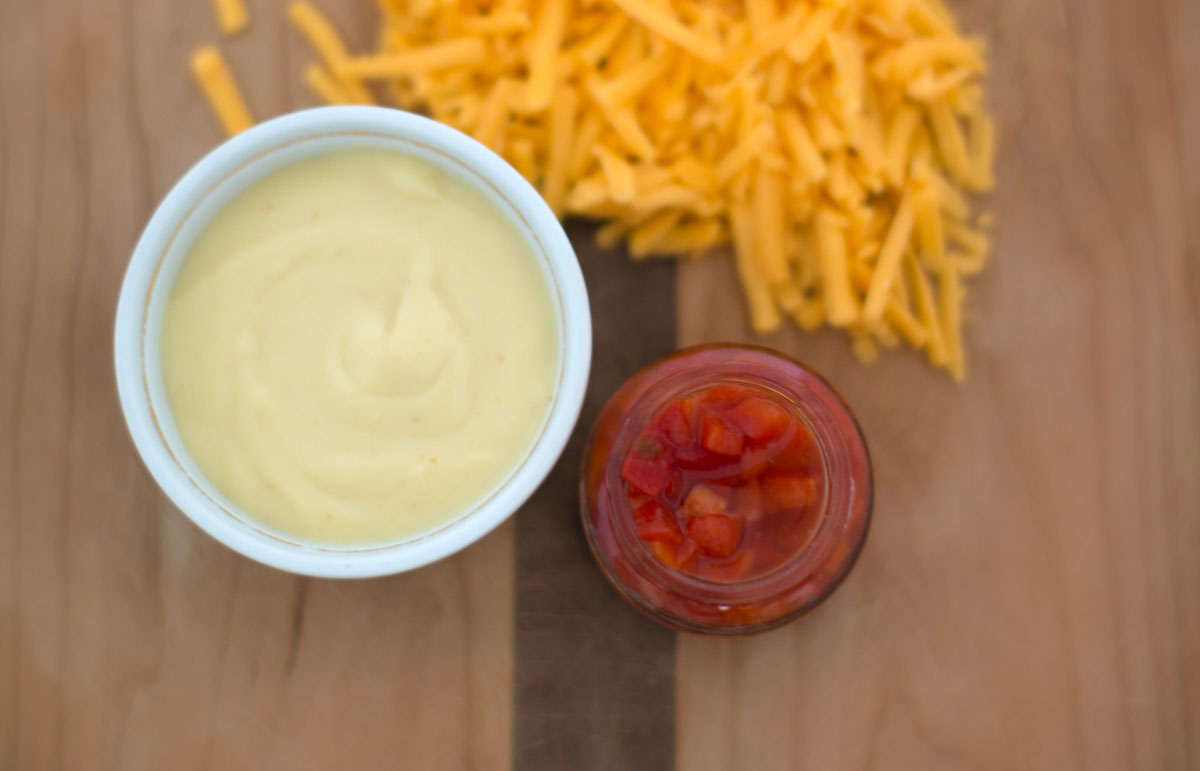Pimento cheese. Coleslaw. Potato salad. Those staple side dishes help keep the mayonnaise companies in business during the spring and summer. But in the days when cooking oil was a luxury, cooks below the Mason-Dixon line bound them with a different sort of dressing.

Lucy Cuneo
Boiled dressing owes its considerable body to the likes of egg, flour, butter, and cream. It was easier to make than mayonnaise for cooks in previous generations who might not have been able to buy olive oil in bulk, but probably lived near chickens and dairy cattle. Simmered until thick, it appears under various guises in spiral-bound cookbooks published from the turn of the last century to the modern era. But it has nearly disappeared since supermarkets spread reasonably-priced mayonnaise across the country. (Although it perseveres somewhat in Miracle Whip, devised as an affordable blend of mayonnaise and boiled dressing.)
The dressing is by no means identical to mayonnaise. It tastes more like a union of rich, creamy hollandaise and a lively vinaigrette, especially with the common additions of mustard powder or cayenne. Mixed with shredded cheese and pimentos, or tossed with a salad of spring greens, it’s a fresh condiment with generations of Southern history behind it.

From “Granite City Cookbook,” by the Ladies Aid Society of the Presbyterian Church, Mt. Airy, North Carolina, 1900.

From the Atlanta Woman’s Club Cookbook, Atlanta, Georgia, 1921.

From “Kitchen Kapers,” by the Tabor City Presbyterian Church, Tabor City, North Carolina, 1952.







